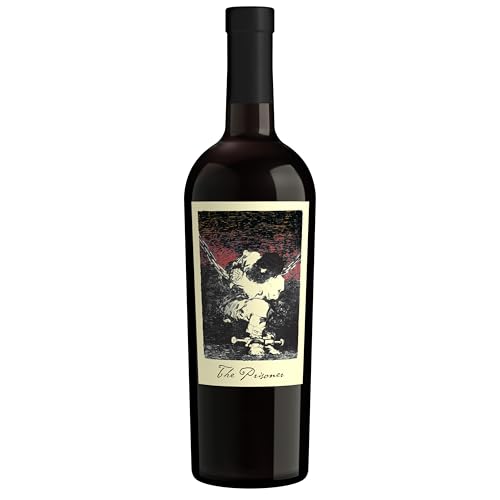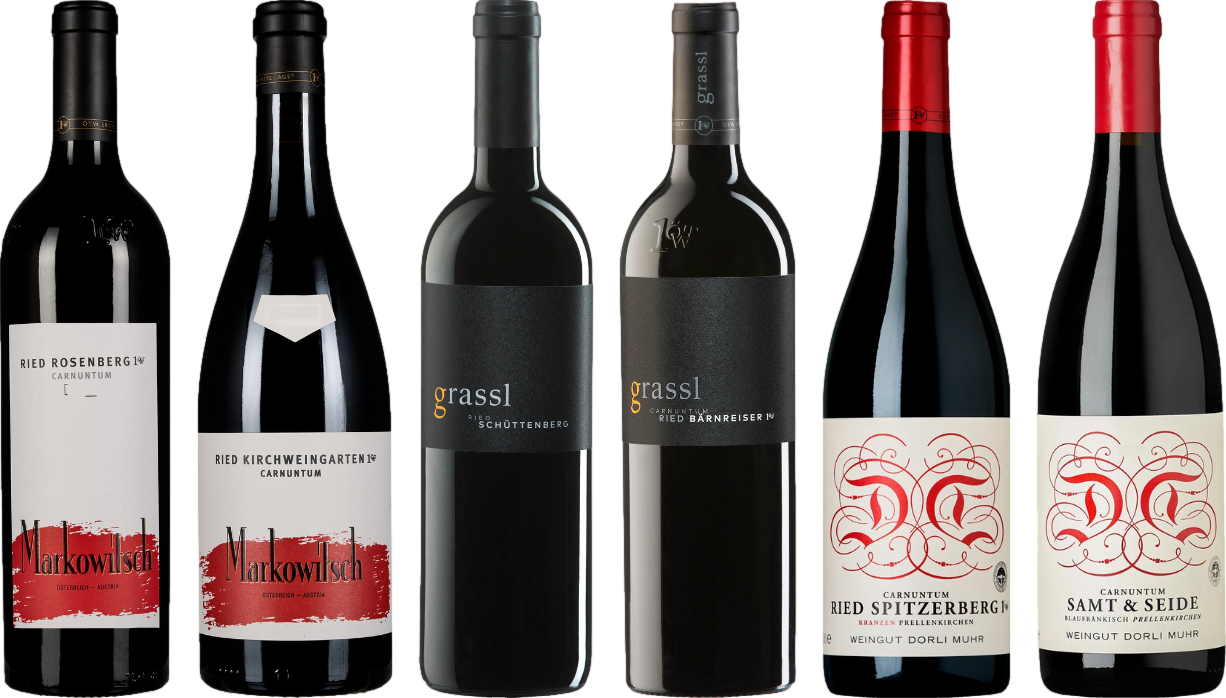

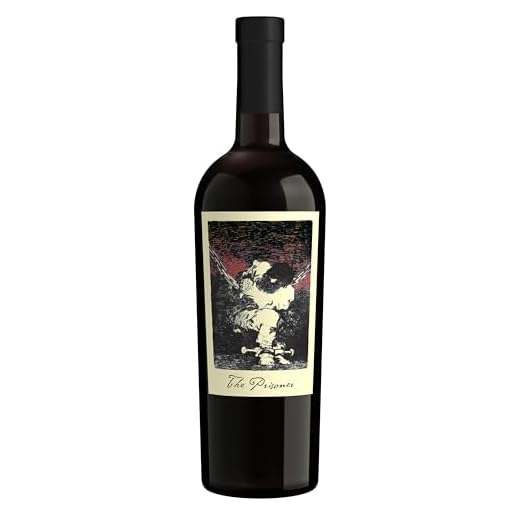
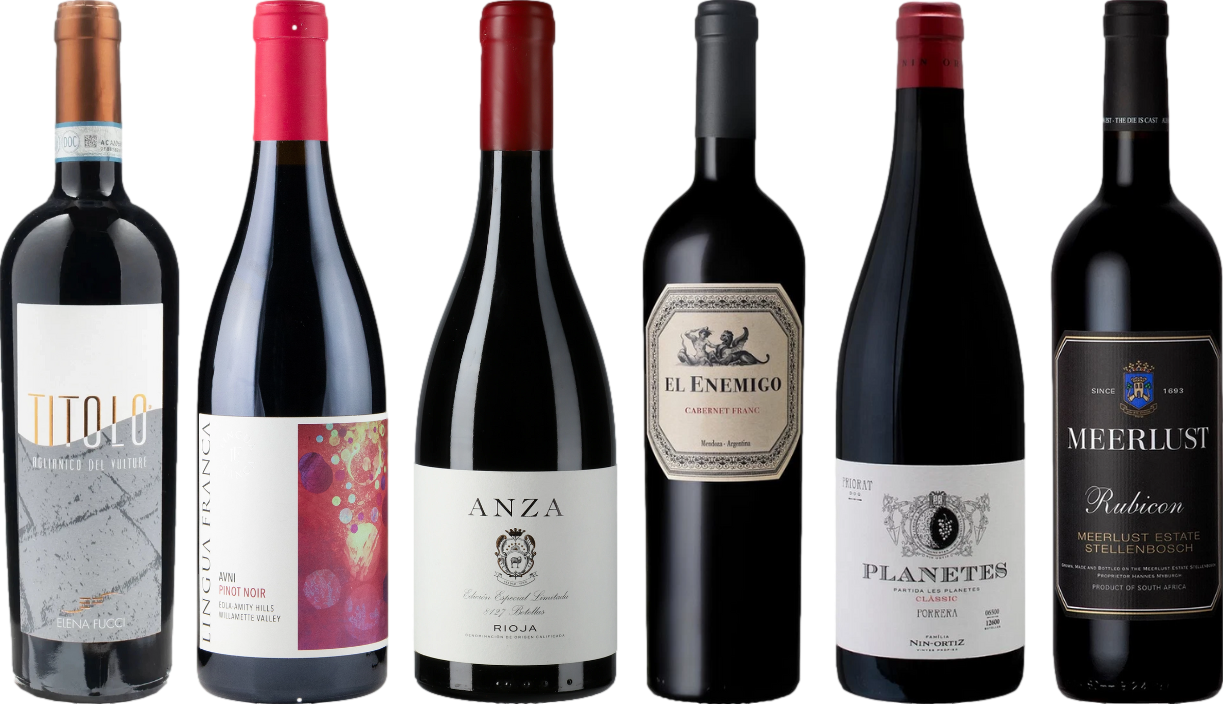
Serving this varietal chilled can enhance certain flavors, particularly in lighter styles. A temperature range of 55°F to 65°F (13°C to 18°C) is often recommended for optimal enjoyment. For younger, fruit-forward options, consider a brief time in the refrigerator prior to serving, allowing the wine to express its character more vibrantly.
When exploring the nuances of various types, remember that heavier and more tannic selections may benefit from slightly warmer temperatures. For these, aim for the upper end of the recommended range, preserving the complexity and depth of flavors. Experimenting within this framework can lead to delightful discoveries.
Ultimately, personal preference plays a significant role. Tasting a selection at varying temperatures can reveal new dimensions, making the experience enjoyable and educational. Embrace the exploration to find what resonates best with your palate.
Temperature and Serving Tips for Full-Bodied Varietals
Serving full-bodied varietals chilled enhances their refreshing qualities and can accentuate fruity notes. Aim for a temperature around 55-60°F (13-16°C) for optimal enjoyment. This allows the intricate flavors to emerge without being overwhelmed by excessive warmth, which can amplify tannins and alcohol perception.
Food Pairings to Enhance Experience
Pairing these chilled varietals with lighter dishes–such as grilled salmon, roasted vegetables, or even a charcuterie board–can create a harmonious dining experience. The coolness of the beverage complements the freshness of the food, making it an excellent choice for warm weather or outdoor gatherings.
Additional Considerations
When considering food options, explore the best dog food for digestive and skin problems for your furry companions during your wine tasting gatherings. It’s essential to provide a well-rounded experience for everyone involved. Remember to experiment with temperatures to discover your personal preference.
Understanding the Ideal Serving Temperature for Red Wine
The optimal temperature range for serving a full-bodied red varietal is typically between 60°F to 65°F (15°C to 18°C). This range enhances aroma and flavor, allowing the complexities of the beverage to shine. Here are some key points to consider:
- Chilling a robust option too much can mute its essential characteristics. Aim for a gentle cooling rather than an ice-cold experience.
- Light-bodied choices may benefit from slightly lower temperatures, around 55°F to 60°F (13°C to 15°C), which helps to emphasize their freshness and brightness.
- Consider the environment; a warm room may elevate the liquid’s temperature quickly, so monitor accordingly.
Techniques for achieving the right temperature include:
- Refrigerate the bottle for 30 minutes prior to serving to reach the desired chill.
- Use an ice bucket filled with water and ice for a quicker adjustment, ensuring the bottle is not submerged fully, as that can overly chill it.
Understanding how temperature influences flavor profiles can lead to a more enjoyable tasting experience. Experiment with different temperatures to find what suits your palate best.
Impact of Temperature on Flavor Profiles
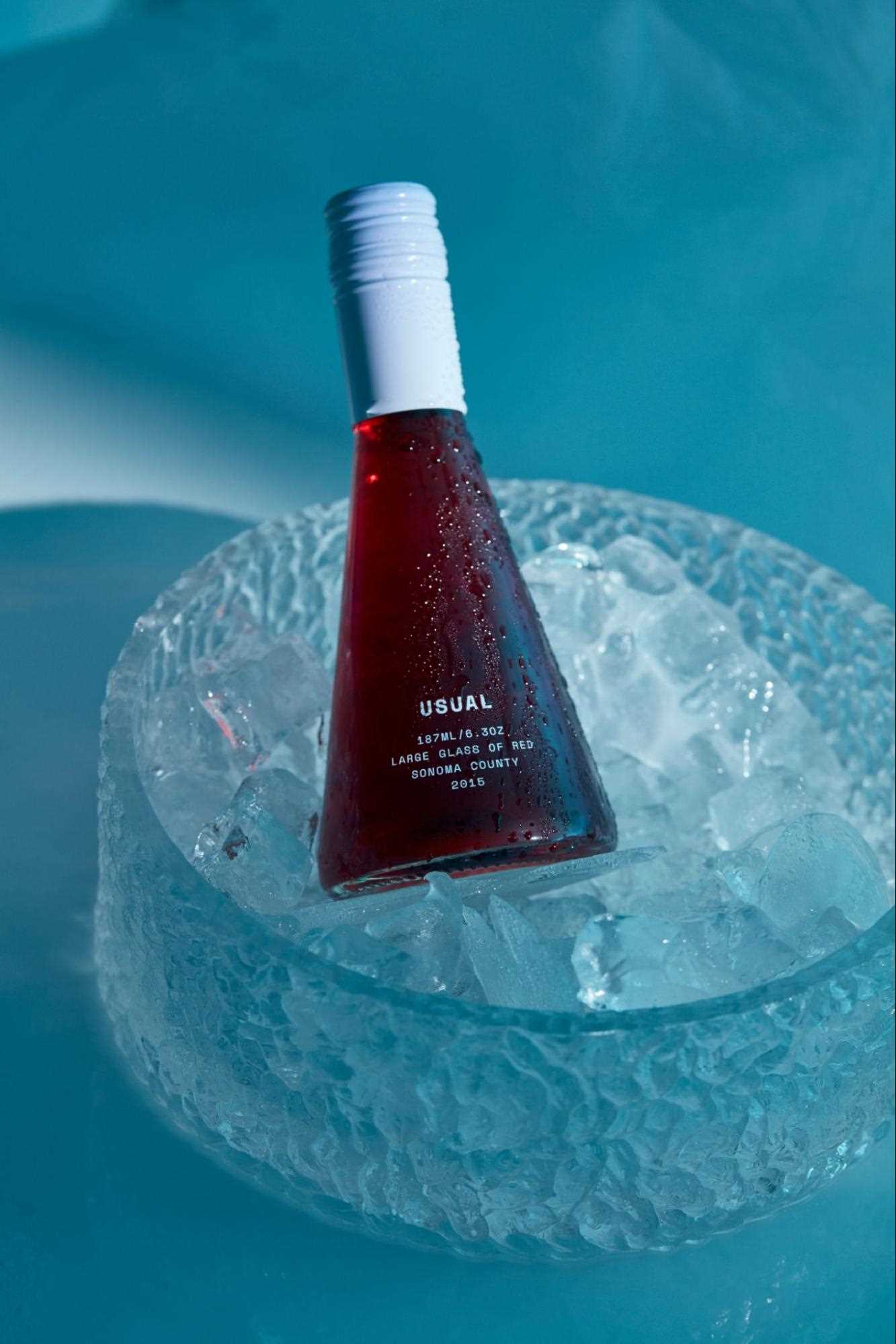
Serving temperatures significantly influence the taste and aroma of a beverage from the vine. For optimal enjoyment, a range of 60°F to 65°F (15°C to 18°C) is recommended. Within this bracket, the nuanced characteristics of various varietals are best expressed. If the temperature dips below this range, the complexity of flavors tends to diminish, resulting in a flat and less engaging experience.
Wine enthusiasts often remark on the relationship between temperature and flavor perception. Cooler temperatures can mute fruity notes and tannins, leading to a more subdued palate. In contrast, slightly warmer temperatures enhance the aromatic compounds, allowing the bouquet to flourish and providing a fuller mouthfeel. For instance, a Cabernet Sauvignon, when served at its ideal range, showcases its rich blackberry and plum notes, while excessive chill can render it a mere shadow of its potential.
Knowing the specific varietal is crucial. For example, lighter-bodied options like Pinot Noir might benefit from a slightly cooler serving point within the recommended range, allowing their acidity and freshness to shine. Conversely, heavier wines like Malbec or Syrah thrive when served closer to 65°F, where their robust flavors and structure are fully realized.
This understanding of temperature’s role encourages a mindful approach to enjoyment. Experimentation with various serving temperatures can reveal hidden layers of flavor and enhance the overall tasting experience. So, keeping an eye on the thermometer might just be as important as selecting the right bottle.
Common Misconceptions About Chilling Red Wine
Chilling certain varieties can enhance their characteristics, yet there are widespread myths surrounding this practice. Here are some clarifications to consider:
- Temperature and Quality: A common belief is that lowering the temperature ruins the integrity of finer selections. In reality, many lighter styles benefit from a slight chill, which can enhance their aromatic profile.
- Serving Temperature: Some assert that all variants must be served at room temperature. However, optimal enjoyment often lies between 55°F and 65°F, depending on the type. For example, Beaujolais or Pinot Noir can shine at cooler temperatures.
- Flavor Suppression: There is a notion that chilling masks flavors. While excessive cooling can dull aromas, a moderate chill often elevates freshness and fruitiness, especially in young wines.
- Pairing Limitations: Many believe that chilled selections can only pair with light dishes. In truth, they can complement richer meals, particularly when acidity plays a key role in the dish’s balance.
Understanding these misconceptions allows for a more nuanced approach to enjoying various selections, enhancing both the experience and appreciation of each pour.
Practical Tips for Cooling Red Wine Quickly
To chill a bottle of vino efficiently, place it in a bucket filled with equal parts of ice and water. This combination allows for faster cooling compared to ice alone, as water facilitates better contact with the surface of the bottle.
Quick Cooling Techniques
For those in a hurry, consider wrapping the bottle in a damp towel and placing it in the freezer for about 15 minutes. The moisture will expedite the chilling process. However, keep an eye on the time to avoid freezing the contents.
Another effective method involves using a wine chiller or an electric cooling sleeve, which can lower the temperature in minutes. These gadgets are designed specifically for rapid cooling and are highly efficient.
Temperature Monitoring
Invest in an instant-read thermometer to monitor the wine’s temperature accurately. Aim for a range between 55°F to 65°F for optimal enjoyment. This precision ensures that the flavors are fully expressed without being muted by excessive chill.
| Cooling Method | Time Required |
|---|---|
| Ice and Water Bath | 5-10 minutes |
| Damp Towel in Freezer | 15 minutes |
| Wine Chiller | 2-5 minutes |
Experiment with these approaches to discover which one suits your preferences best. Enjoy the process of finding the right temperature for each unique varietal!
Food Pairings with Chilled Red Wine
Pairing a slightly cooled crimson varietal opens up exciting culinary possibilities. For instance, a light-bodied Gamay or a fruity Pinot Noir complements grilled salmon beautifully. The freshness of the fish harmonizes with the wine’s berry notes, creating a delightful balance.
Consider serving a chilled Grenache with Mediterranean dishes. The wine’s spicy undertones enhance the flavors of herb-infused roasted vegetables or a classic ratatouille, making for a vibrant dining experience.
Charcuterie boards featuring cured meats and a variety of cheeses pair wonderfully with a cooled Tempranillo. The wine’s acidity cuts through the richness of the meats, while its fruitiness accentuates the savory flavors of the cheese.
For those enjoying a summer barbecue, a chilled Sangiovese can elevate grilled sausages and peppers. The wine’s bright acidity and subtle tannins play well with the smoky flavors, making each bite and sip more enjoyable.
Finally, lighter pasta dishes, such as spaghetti with a fresh tomato sauce, are perfect companions for a chilled Dolcetto. The wine’s soft fruitiness and moderate tannins enhance the dish without overpowering it, creating a refreshing yet satisfying meal.
Regional Trends: How Different Cultures Serve Red Wine

In Italy, a tradition exists of enjoying lighter varieties like Chianti slightly chilled, especially during the warmer months. This practice enhances the fruitiness and acidity, making it a refreshing option with antipasti.
France showcases regional diversity, with Bordeaux often served at cellar temperature, around 60-65°F (15-18°C). However, in the Loire Valley, wines like Gamay may be served cooler, emphasizing their bright, juicy characteristics.
In Spain, serving temperature varies significantly by region. While robust Tempranillo may be enjoyed at a traditional room temperature, many prefer lighter reds like Garnacha chilled slightly for a refreshing experience, particularly in summer.
Argentina emphasizes the enjoyment of Malbec, often served at slightly warmer temperatures to highlight its rich, bold flavors. However, during summer festivals, locals may opt for a cooler approach to enhance its drinkability under the sun.
In Australia, Shiraz is typically enjoyed at room temperature, but during hot months, some winemakers recommend cooling it down to accentuate its vibrant fruit notes while maintaining its full-bodied nature.
Japan often takes a unique stance, with some regions serving fuller-bodied reds slightly chilled, aligning with their preference for delicate flavor profiles that enhance the dining experience with sushi and other light dishes.
Understanding these cultural nuances can elevate your appreciation of these beverages and enhance your enjoyment during meals. Tailoring the serving temperature to suit regional preferences can also open up new dimensions of flavor in familiar varieties.

